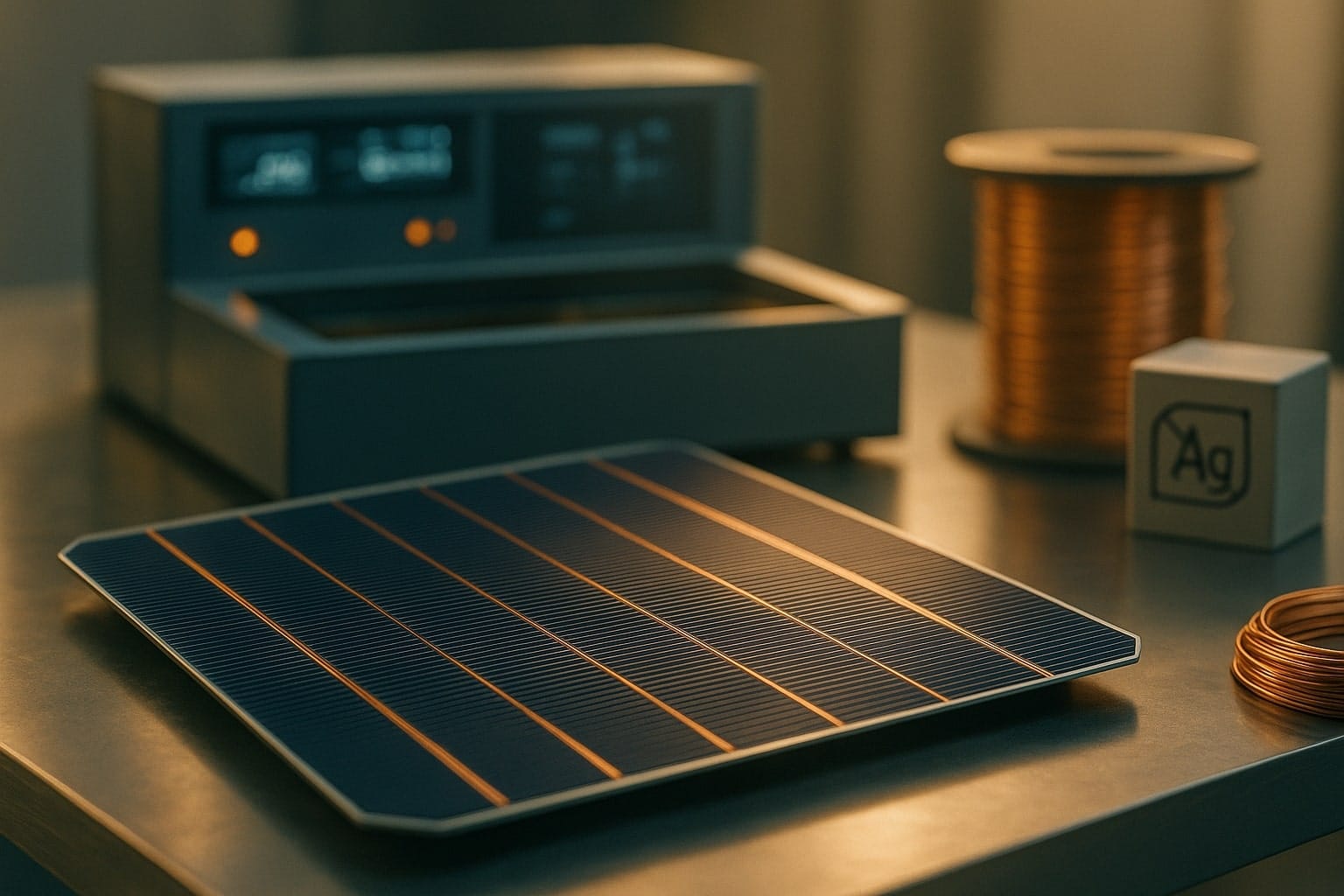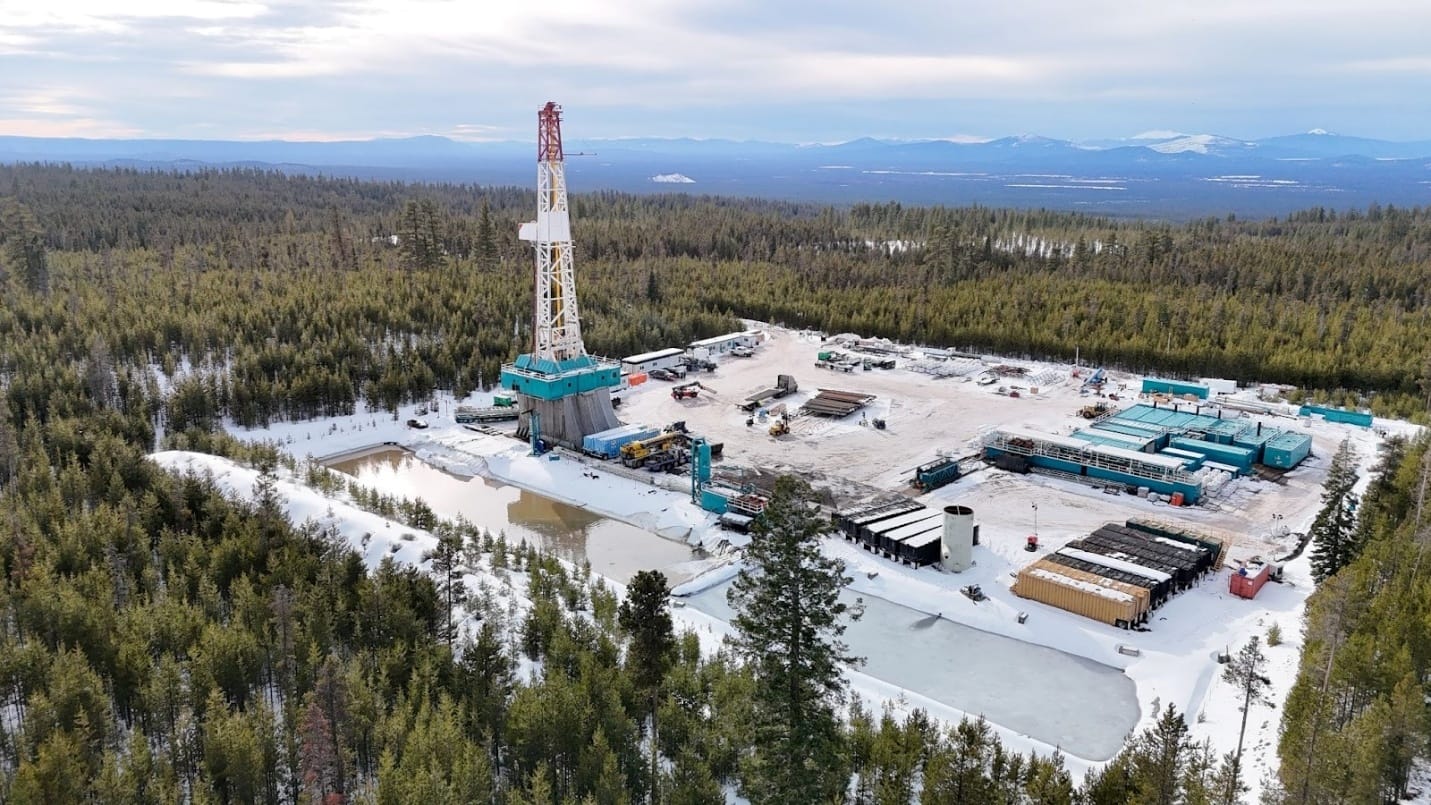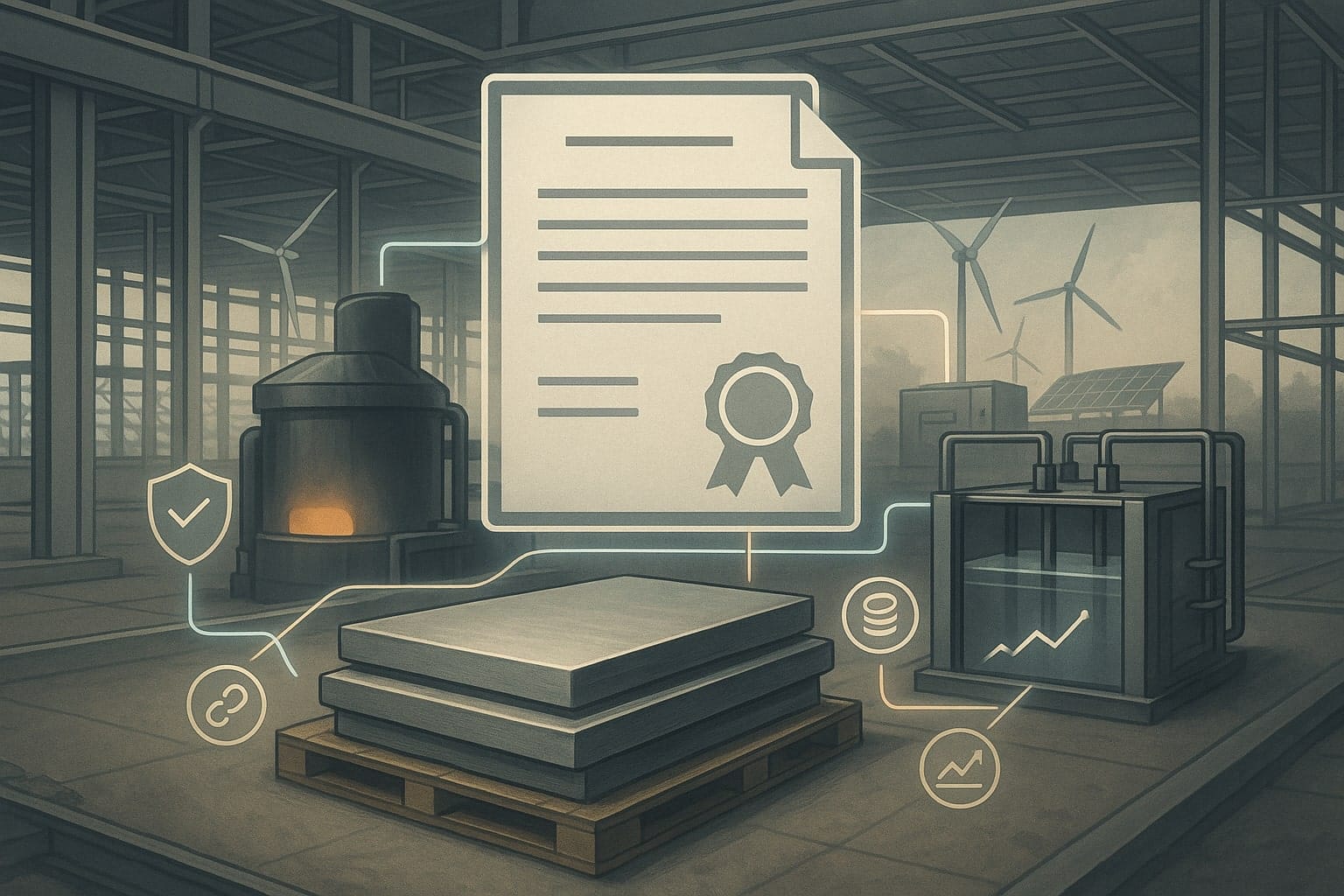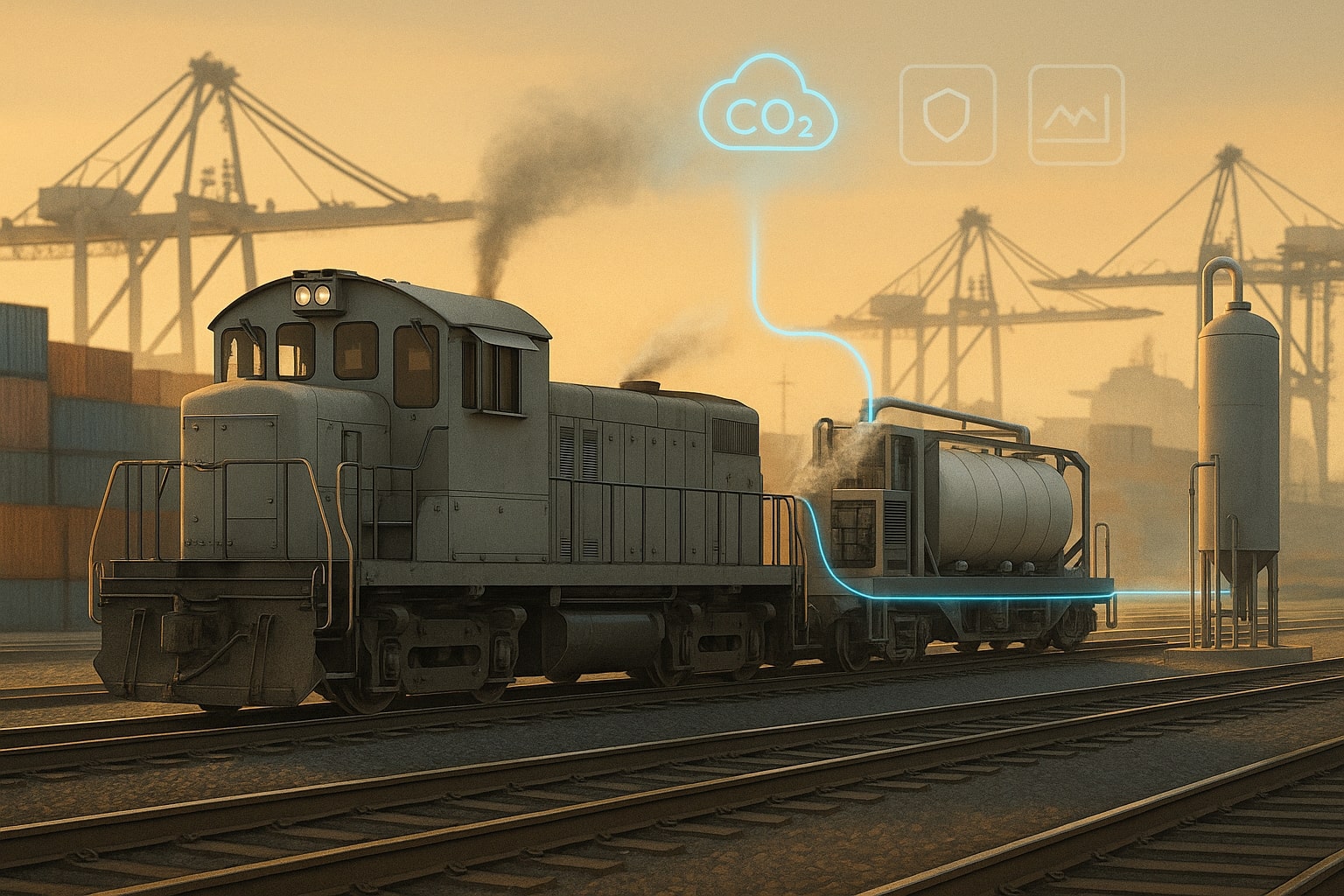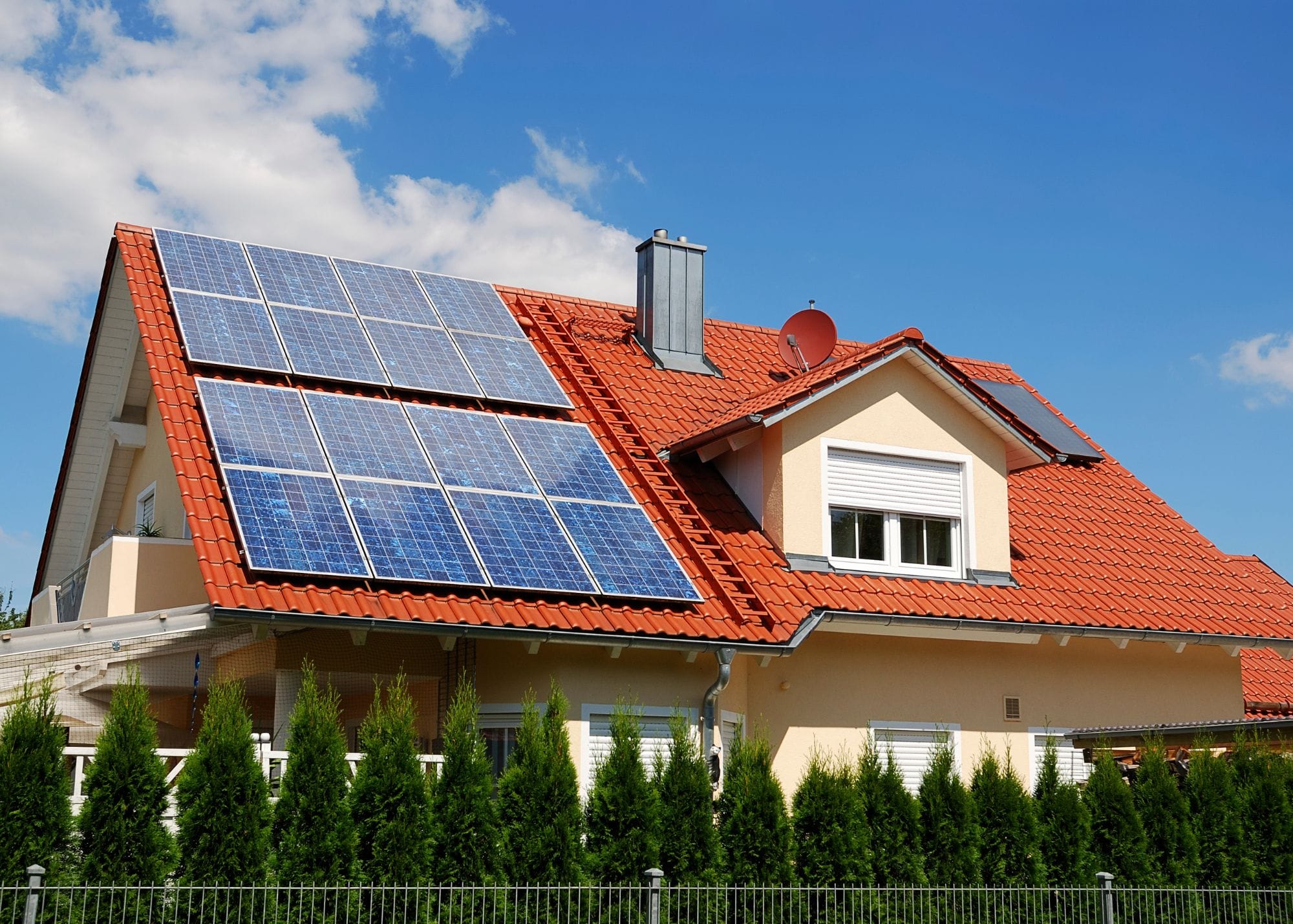On Tuesday, October 21, 2025 (Pacific), Meta did something deceptively simple: it agreed to buy the first environmental-attribute credits (EACs) tied to low-carbon iron from Electra, a U.S. startup reinventing ironmaking. If this works, steel and cement could follow the same market logic that helped renewables scale: buy the attributes first, then the molecules catch up.
Table of Contents
ToggleWhat happened—and why it’s novel
Electra announced three things at once: (1) binding purchase orders for its clean iron from Nucor (the largest U.S. steelmaker), Toyota Tsusho and Interfer Edelstahl; (2) a 130,000-square-foot demonstration plant in Jefferson County, Colorado, targeted to produce up to 500 tons of clean iron per year; and (3) Meta’s purchase of the first EACs linked to Electra’s iron, with options on future facilities. The plant is supported by a $50 million Breakthrough Energy Catalyst grant and earlier state and venture backing.
The twist is decoupling the climate benefit from the physical material. Nucor and others will trial the iron itself in electric-arc furnaces. Separately, Meta will buy certificates representing the verified emissions reductions from a different batch of Electra’s production—like the way power buyers have long purchased renewable energy certificates (RECs) before local clean power was available. Electra says the EACs are distinct from the iron supplied to those steel buyers to avoid double claims.
This is more than a procurement footnote. If industrial EACs scale, they could do for materials what RECs did for electricity: create early, bankable demand signals that get first-of-a-kind assets financed. The U.S. Environmental Protection Agency’s own description of RECs—market instruments representing the non-power attributes of green electricity—maps neatly onto this emerging model.
The bigger frame: data centers, embodied carbon and a new buyer class
Steel accounts for roughly 7–11% of global CO₂ emissions, and the sector must bring forward large volumes of near-zero iron and steel this decade to hold a net-zero trajectory. At present, blast-furnace routes dominate globally; EAF routes—where cleaner iron inputs matter most—are still catching up.
Why do big tech companies suddenly matter to iron? Because their embodied-carbon footprint is rising with hyperscale build-outs. Meta, which has a goal of net zero across its value chain by 2030, has been piloting lower-carbon materials (e.g., mass timber) in data-center campuses to chip away at Scope 3. Microsoft, for its part, made a two-part deal last month with Sweden’s Stegra (formerly H2 Green Steel): buy near-zero steel and buy EACs tied to the plant’s output. The Meta–Electra move puts a second blue-chip name behind the same dual-track playbook—physical offtake where possible, EACs to scale the market.
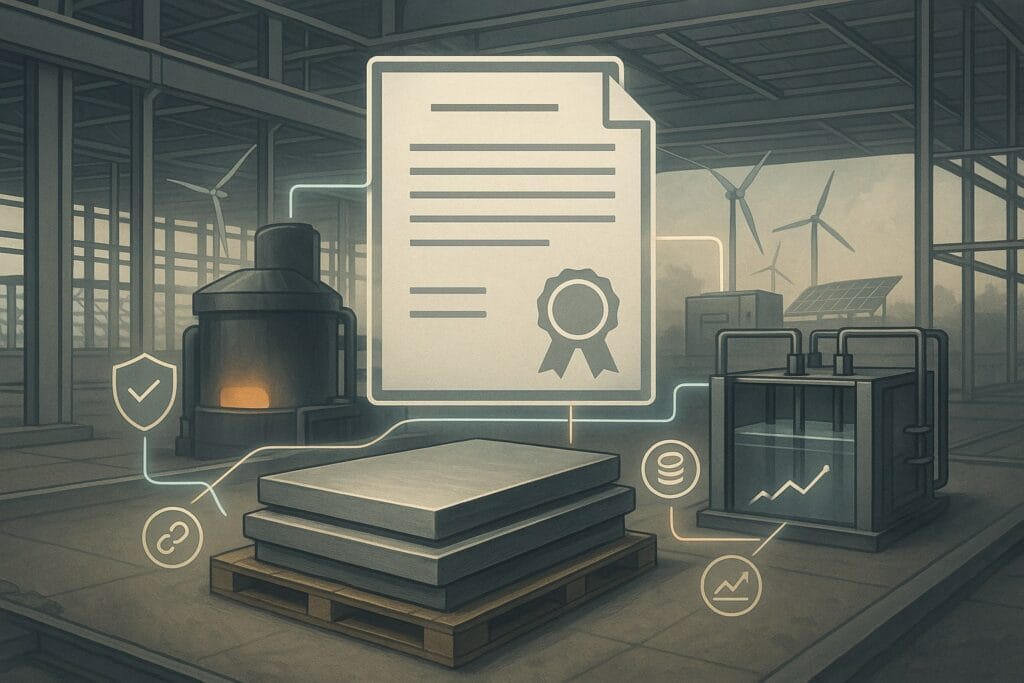
How the credits work (and where the guardrails are)
If you know power-sector accounting, think “book-and-claim” for materials. A buyer pays for the verified emissions profile of a given ton of output even if the physical ton goes elsewhere. In May, Carbon Direct and Microsoft published criteria for high-quality EACs in steel and concrete—additionality, traceability, single retirement, and strict anti-double-counting checks—which are quickly becoming a de-facto reference. Worldsteel has also issued chain-of-custody guidance describing book-and-claim and mass-balance approaches for claims along steel value chains.
Caveats matter:
- Not a regulatory free pass. The EU’s Carbon Border Adjustment Mechanism (CBAM) is tied to embedded emissions in physical imports and the surrender of CBAM certificates; EACs don’t erase those obligations. They can mobilize demand and capital, but they won’t lower the bill an importer owes under CBAM.
- Double-counting risk. As RMI notes, book-and-claim is powerful for early markets but requires careful design alongside existing EPD (Environmental Product Declaration) systems that track carbon with the physical product. Electra says Meta’s EACs are generated from a separate batch from the iron Nucor and others will receive—a good first safeguard that should be standard.
- Target-setting nuance. SBTi has been clarifying how “environmental attribute certificates” fit into corporate net-zero claims. The draft materials highlight integrity issues (additionality, baselines, double counting), underscoring why the Carbon Direct/Microsoft criteria are useful.
The upshot: EACs are instruments for market formation, not accounting magic. Used well, they accelerate real projects; used loosely, they court the same credibility issues that dogged early renewable claims.
What Electra is actually doing differently
Traditional ironmaking uses coal at ~1,600 °C to reduce iron ore—emissions-heavy and hard to electrify. Electra flips the physics: dissolve iron ore in an acidic solution, remove co-products, then electrodeposit high-purity iron onto plates using electricity at ~60 °C. That lets production align with variable renewables, widens usable ore types, and outputs a form factor ideal for EAF steelmaking.
The company’s new Colorado demonstrator is meant to bridge lab pilots and early commercial lines. It targets ~500 tons/year of clean iron and is backed by a blend of venture capital, an $8 million state industrial tax credit, and a $50 million grant from Breakthrough Energy’s Catalyst program. For steelmakers, the near-term task is product qualification: proving performance across sheet mills, specialty applications and automotive.
Why EACs could be the missing demand lever
Industrial projects die without early demand. EACs let a buyer with a huge Scope 3 footprint—think data-center builders—send a clear price signal to a technology they want to see at scale, even before supply is at the right place and price. Microsoft’s Stegra deal mixed physical steel with EAC purchases; Meta’s Electra deal starts with EACs and leaves iron trials to Nucor and traders. Both blueprints de-risk first-of-a-kind (FOAK) plants and help lenders take technology and market risk.
Just as important: government procurement is already steering the physical market using EPD-based “Buy Clean” rules (GSA and states set GWP limits and require EPDs). EACs operate alongside that regime—catalyzing supply—while public buyers keep tightening physical-product thresholds. Think of EACs as venture demand, not compliance currency.
What others are missing
- The accounting crossover matters. Corporate Scope 2 rules normalized RECs. Materials EACs now need similar standardized claims so companies aren’t juggling incompatible frameworks (EPD for projects, EACs for corporate targets). The Carbon Direct/Microsoft criteria are a start, but sector-wide registries and single-retirement rules will make or break credibility.
- CBAM won’t accept shortcuts. For Europe-bound goods, importers still must report actual embedded emissions and surrender CBAM certificates from 2026 onward. EACs won’t reduce that compliance burden; they just help build the plants that will ultimately ship lower-carbon physical material.
- Data-center buildouts are the new steel buyers’ club. With hyperscale growth colliding with embodied-carbon pledges, tech platforms are evolving from passive materials buyers into active market makers—piloting mass timber, trialing low-carbon concrete, and now underwriting green iron. Expect more dual-track deals (physical offtake + EACs) as timelines and geographies misalign.
The risks—and how to manage them
- Double counting: Require unique serial numbers, open registries, and audited “no-claim” attestations from physical buyers when the attribute is sold separately. (Worldsteel’s chain-of-custody and the Carbon Direct/Microsoft guardrails point the way.)
- Additionality drift: Tie EAC issuance to projects whose revenue stack demonstrably depends on EAC cash flow (as recommended by Carbon Direct), and cap issuance windows so certificates don’t outlive the catalytic phase.
- Category confusion: Keep EAC claims squarely in Scope 3 purchased goods & services narratives, not as compliance substitutes for building procurement (which should keep using EPDs and physical thresholds).
What to watch next
- Price discovery. Microsoft–Stegra reportedly blended physical steel at a premium with certificate purchases; the market now needs transparent ranges for $/tCO₂ (EAC) and $/t (physical).
- Standard-setting. SBTi’s evolving guidance on EACs for commodities, and how those claims coexist with project-level EPDs and with CBAM.
- Follow-on buyers. Expect more data-center owners, auto OEMs and builders to test EACs as bridges to physical supply. Canary Media notes Electra didn’t disclose volumes—first movers may be experimenting with tranche sizes and tenors to find what actually moves the needle.
Bottom line
Meta’s purchase of Electra’s first iron EACs won’t decarbonize steel on its own. But it does something the sector has lacked: it turns decarbonization into a tradable attribute with rules tight enough to matter and flexible enough to scale. Couple that with public “Buy Clean” requirements that tighten the physical market, and you get the same two-handed game that accelerated wind and solar: standards on one side, demand instruments on the other.
If the guardrails hold, “RECs for steel” might be how we finance the next-generation kilns and electrolyzers before we can build them everywhere we need.


